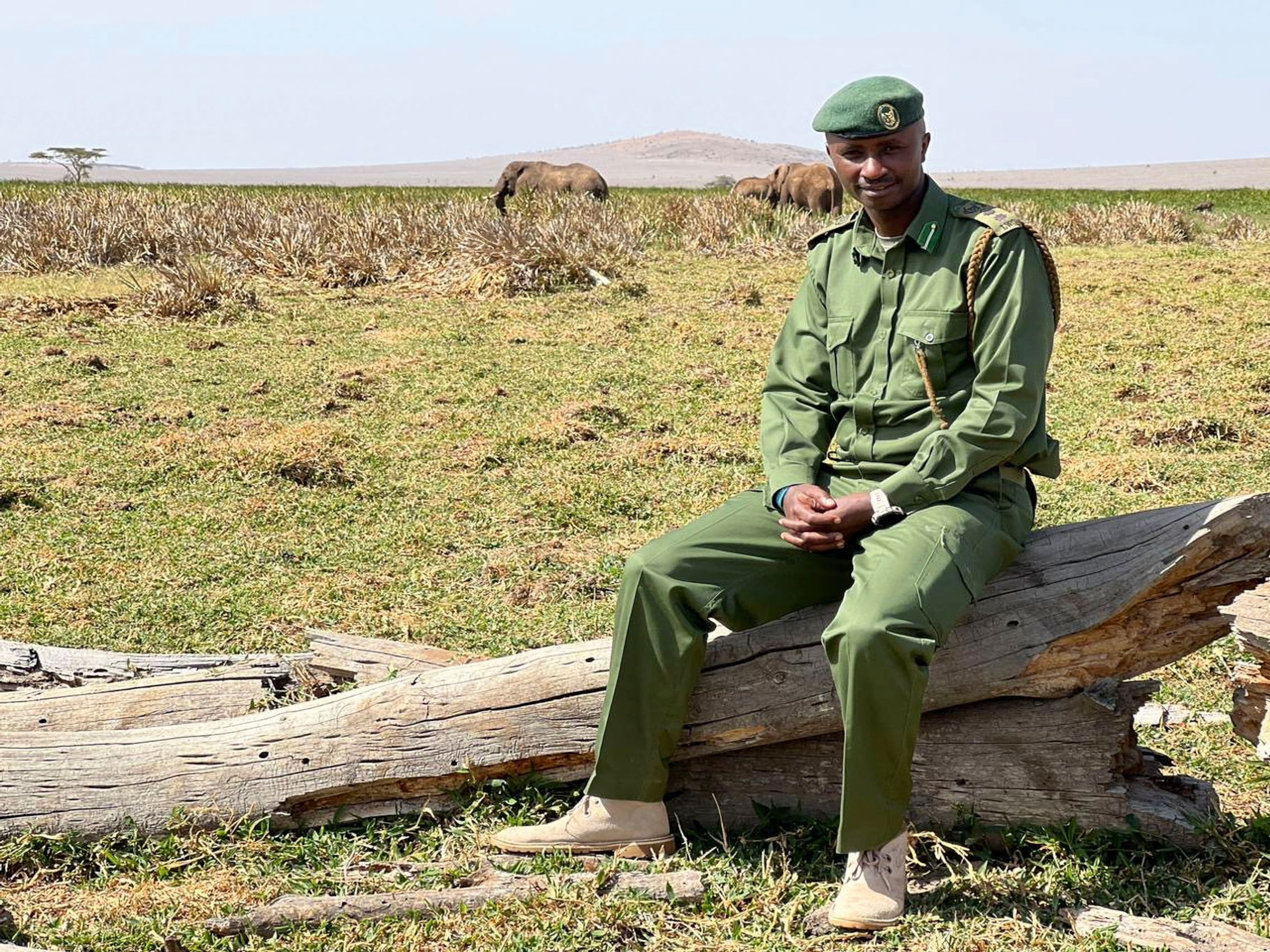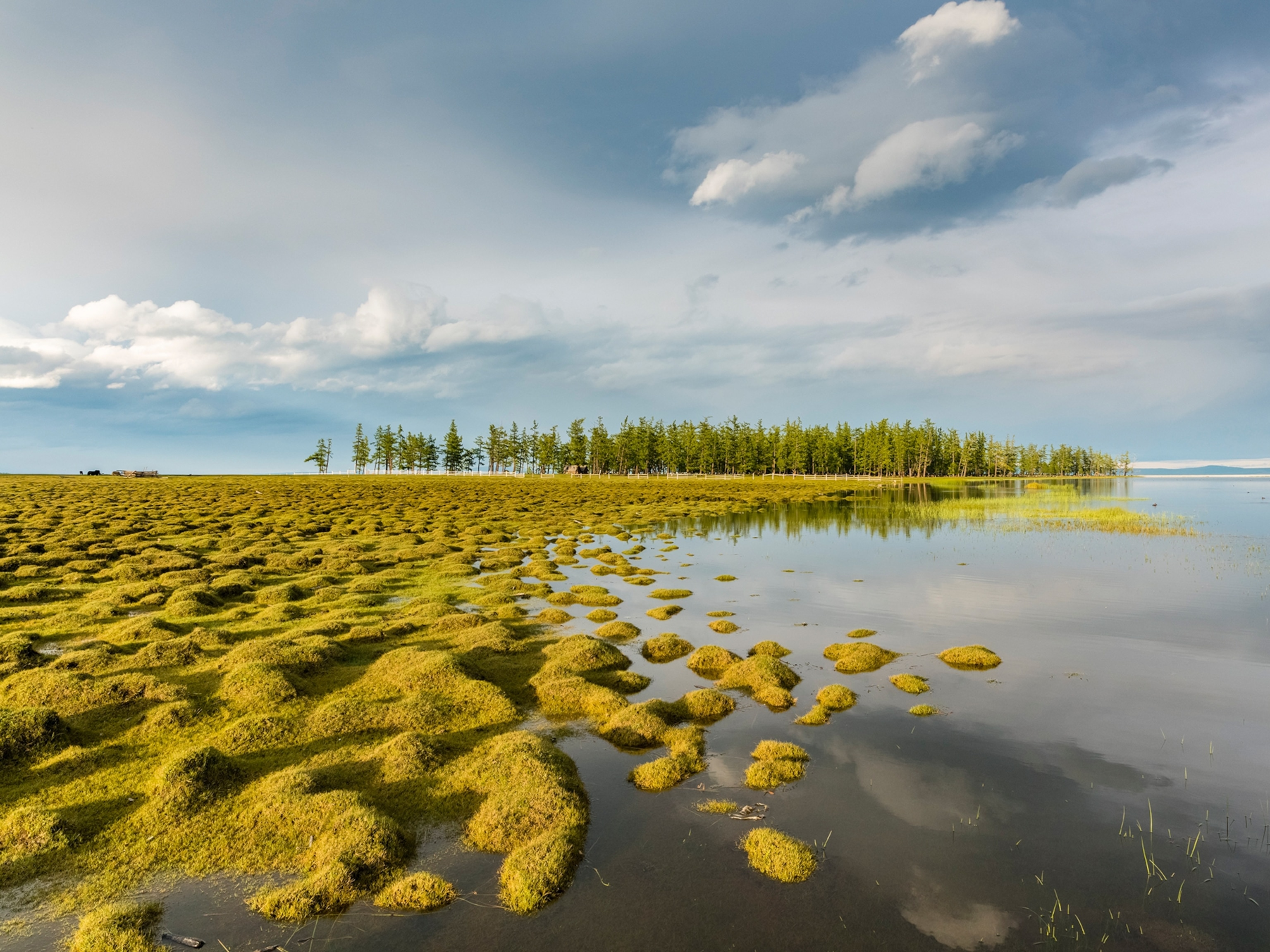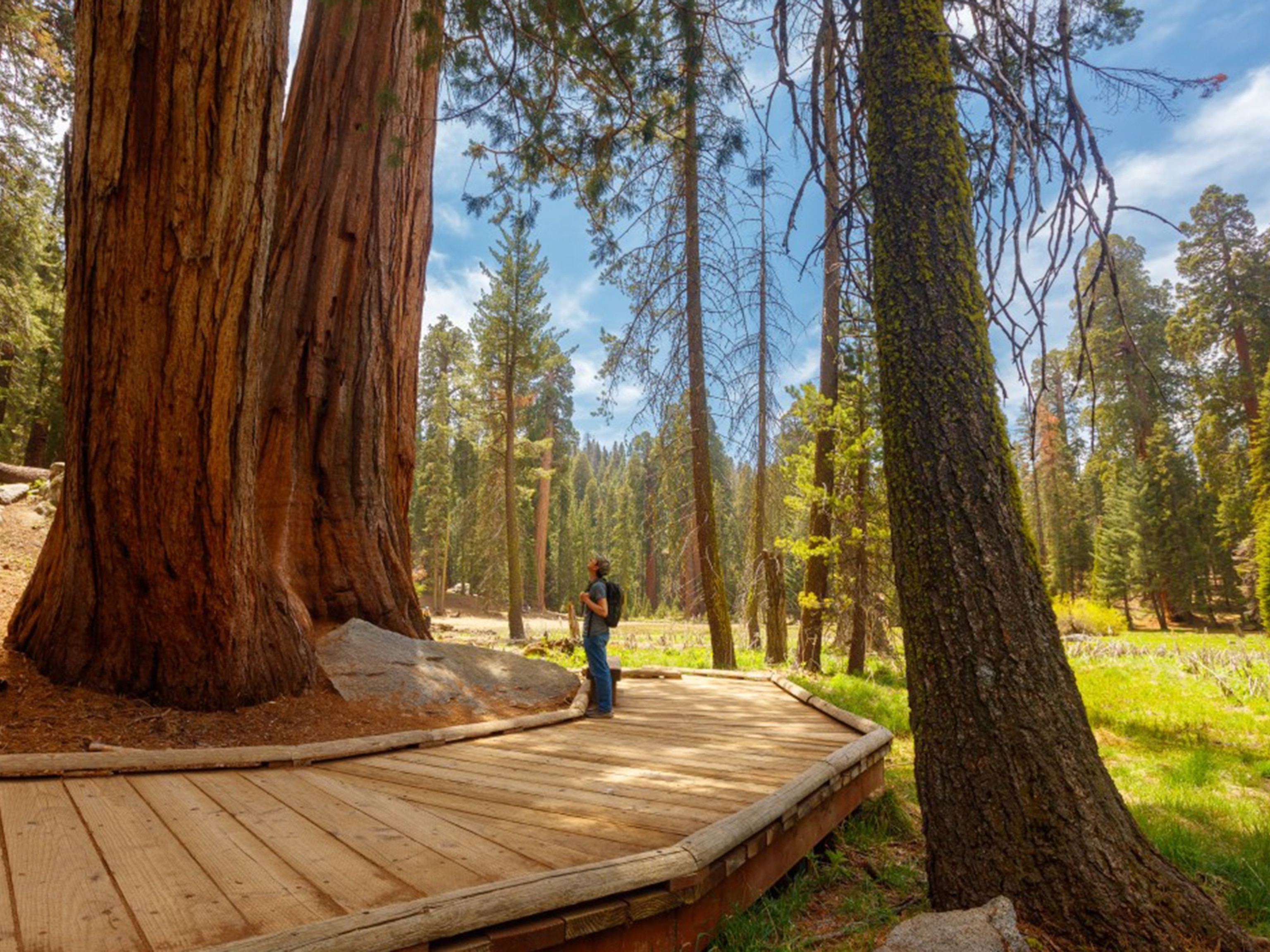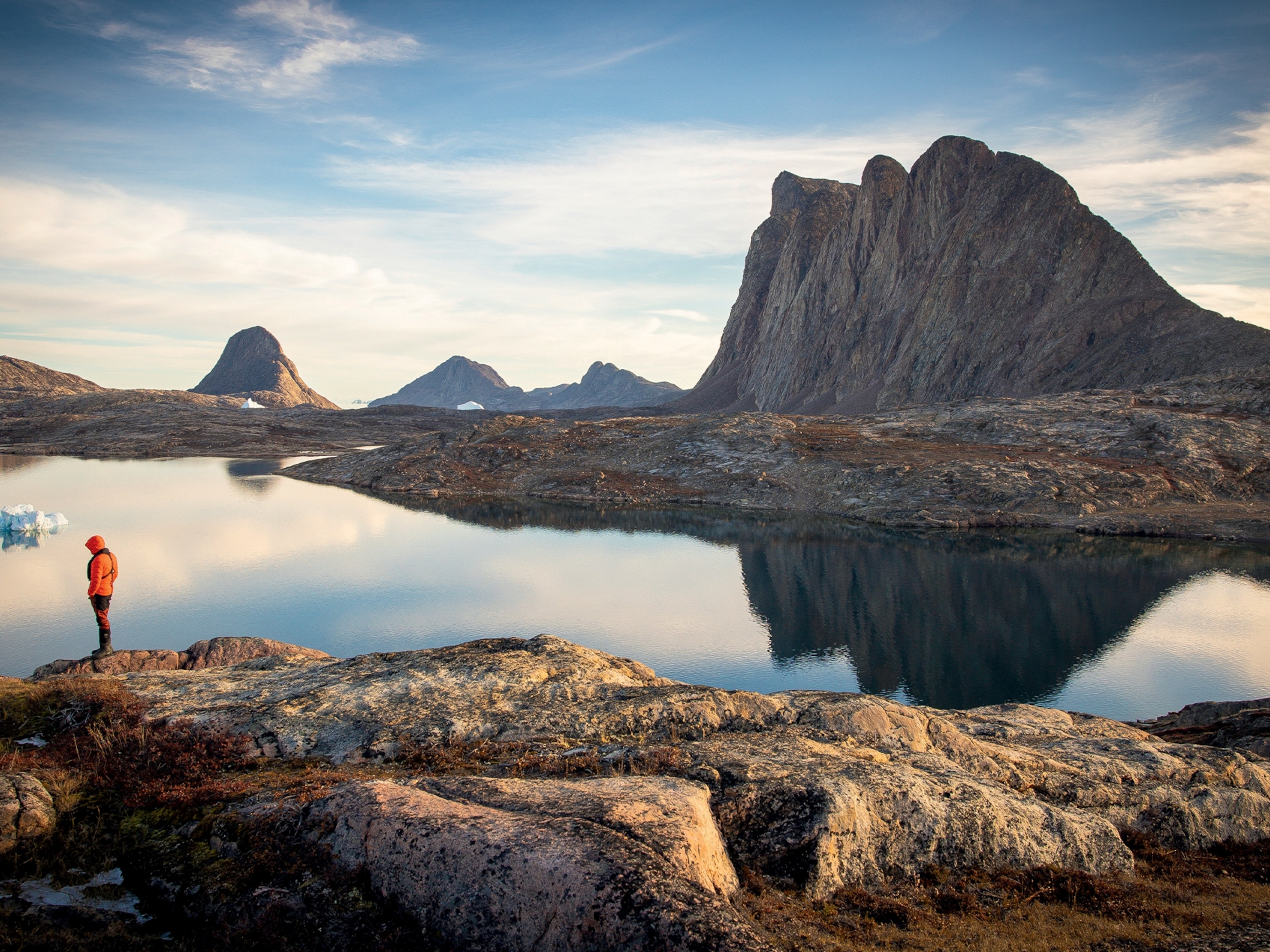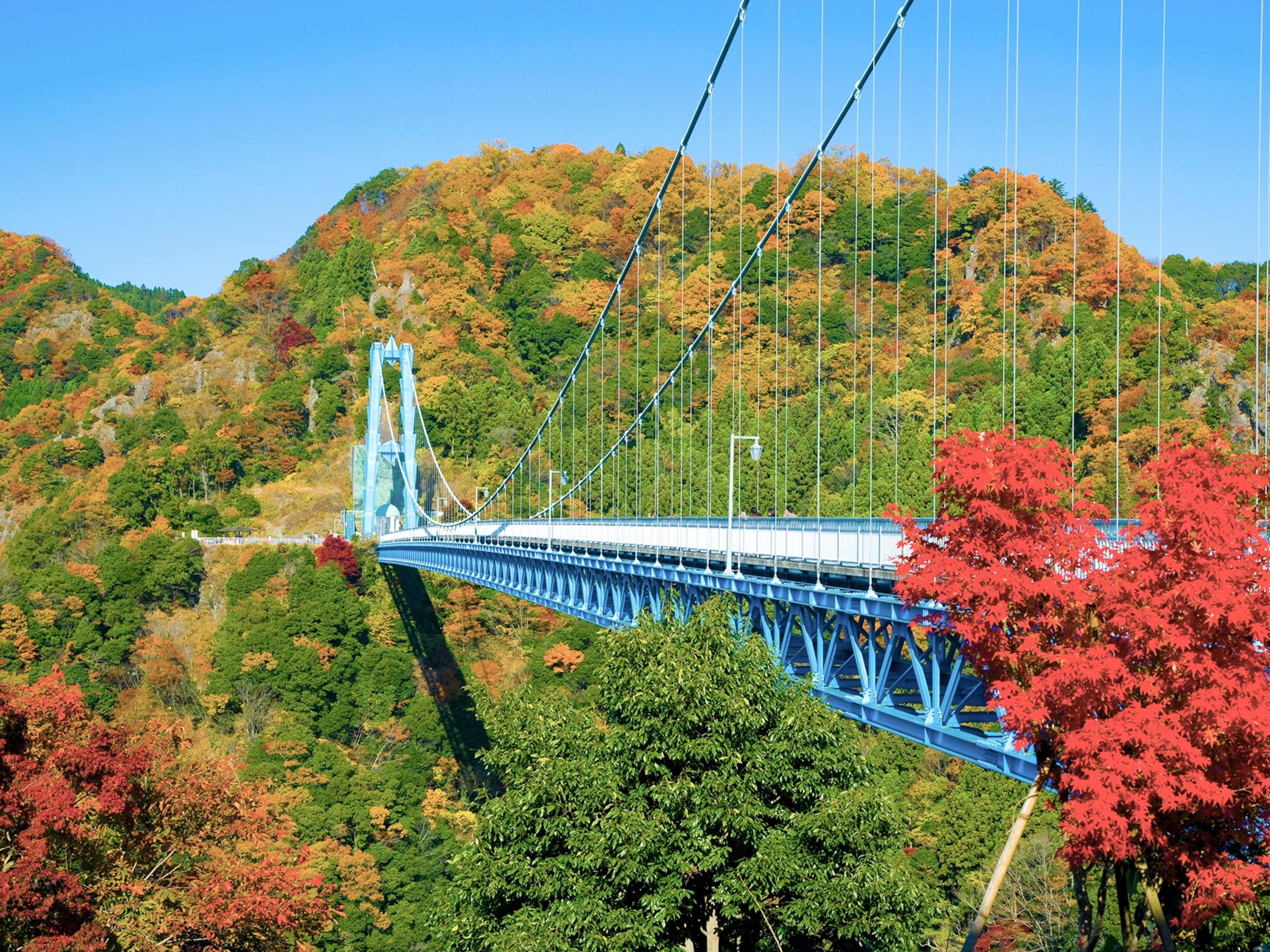Meet the park rangers protecting the stunning wilderness of New Mexico
New Mexico hosts a staggeringly diverse range of national parks, preserves and monuments. The fifth-largest state in the US, It can experience all seasons in a day, with temperatures of 30C in the south and -15C in the mountains. Watching over it all are the rangers who steward the land, working to preserve It for future generations.
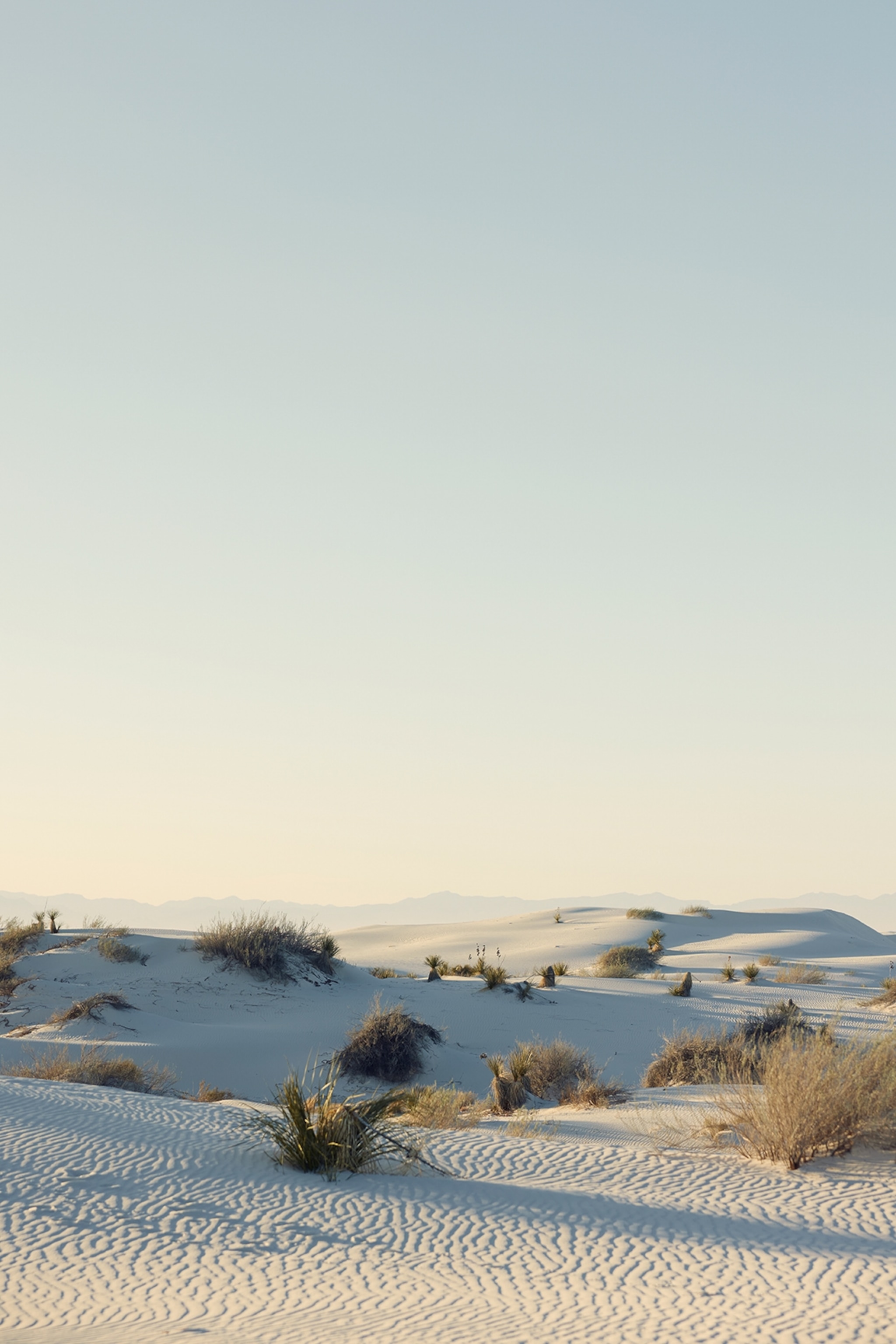
Photograph by Toby Mitchell
Story and photographs byToby Mitchell
October 14, 2024
This article was produced by National Geographic Traveller (UK).
Valles Caldera
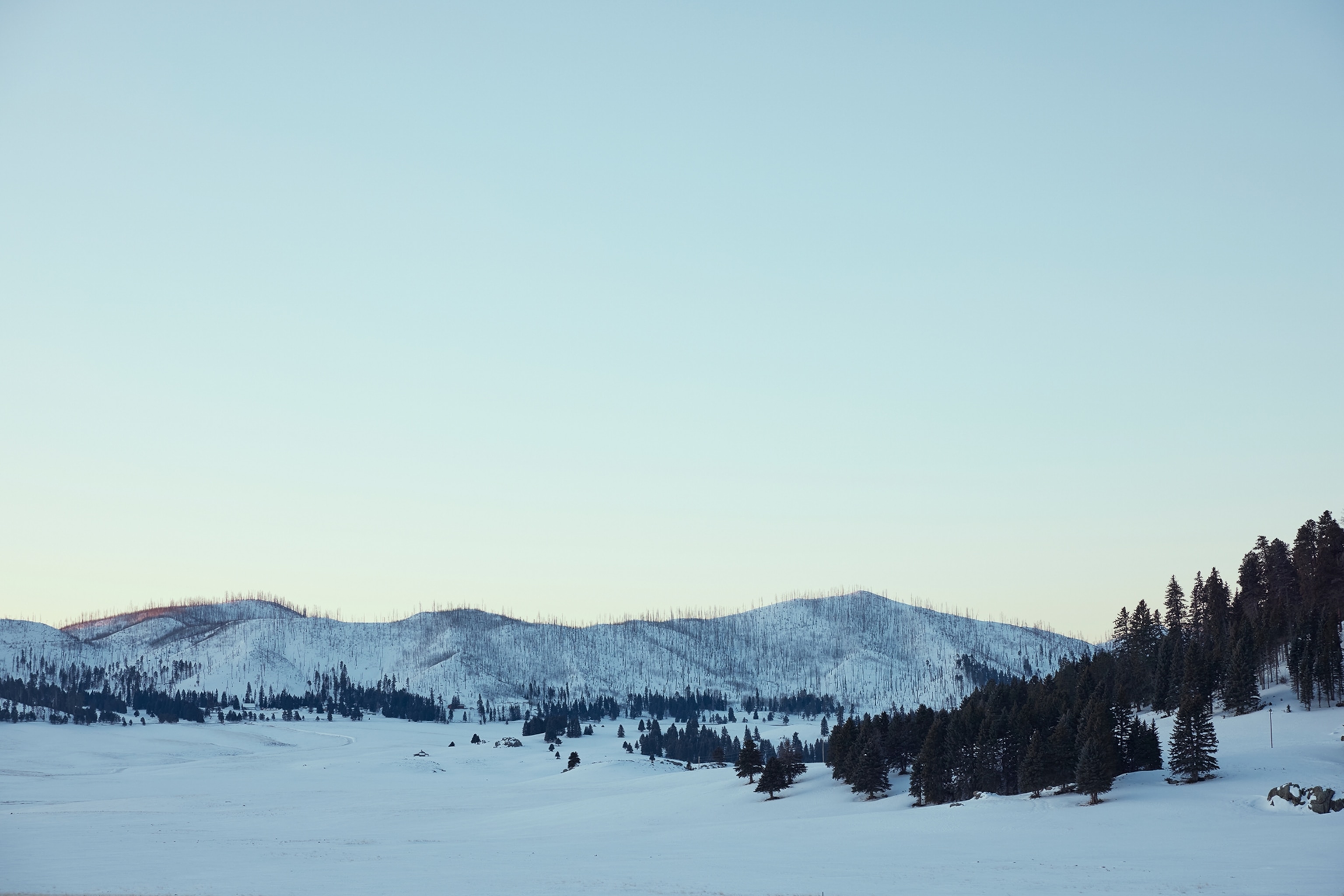
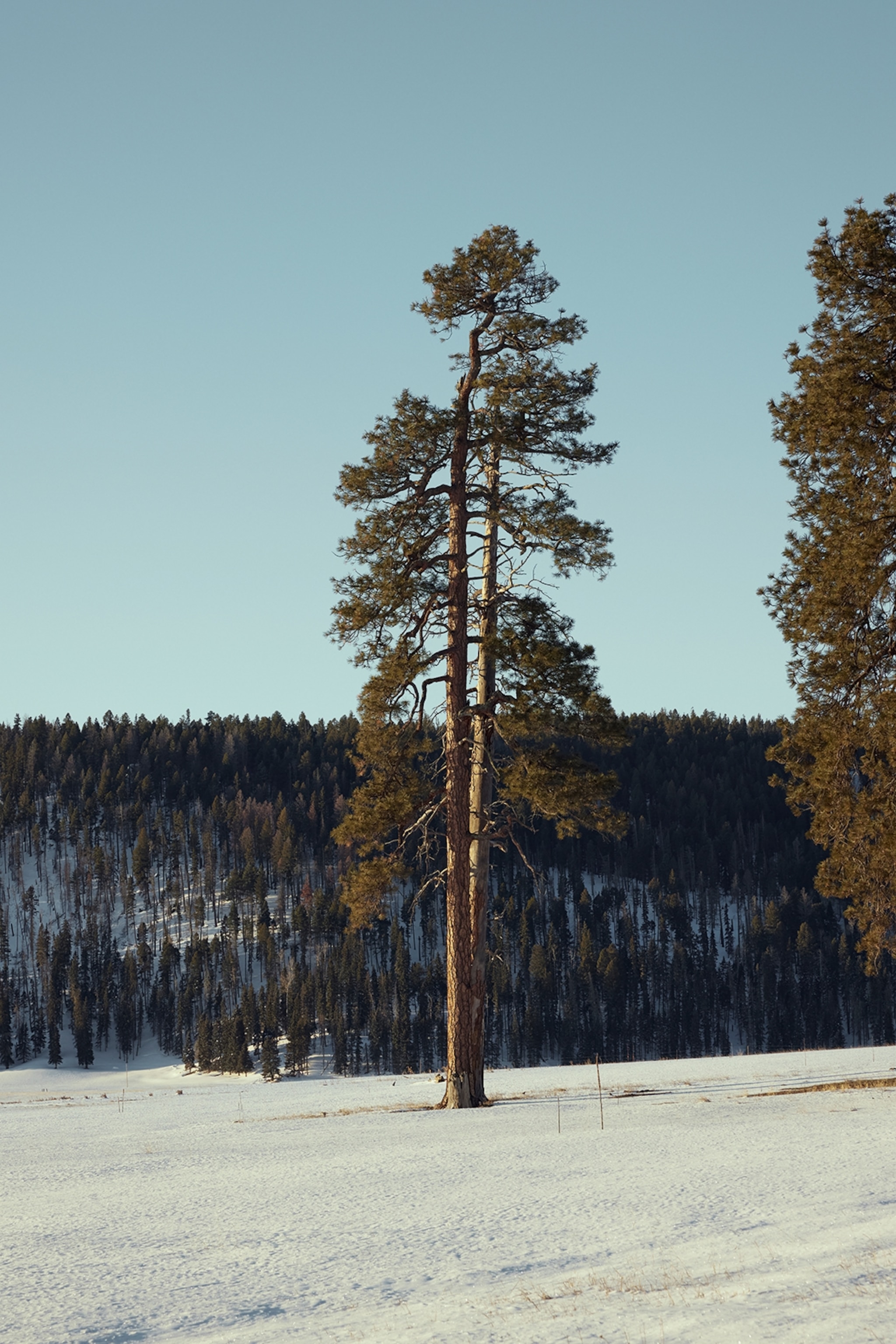
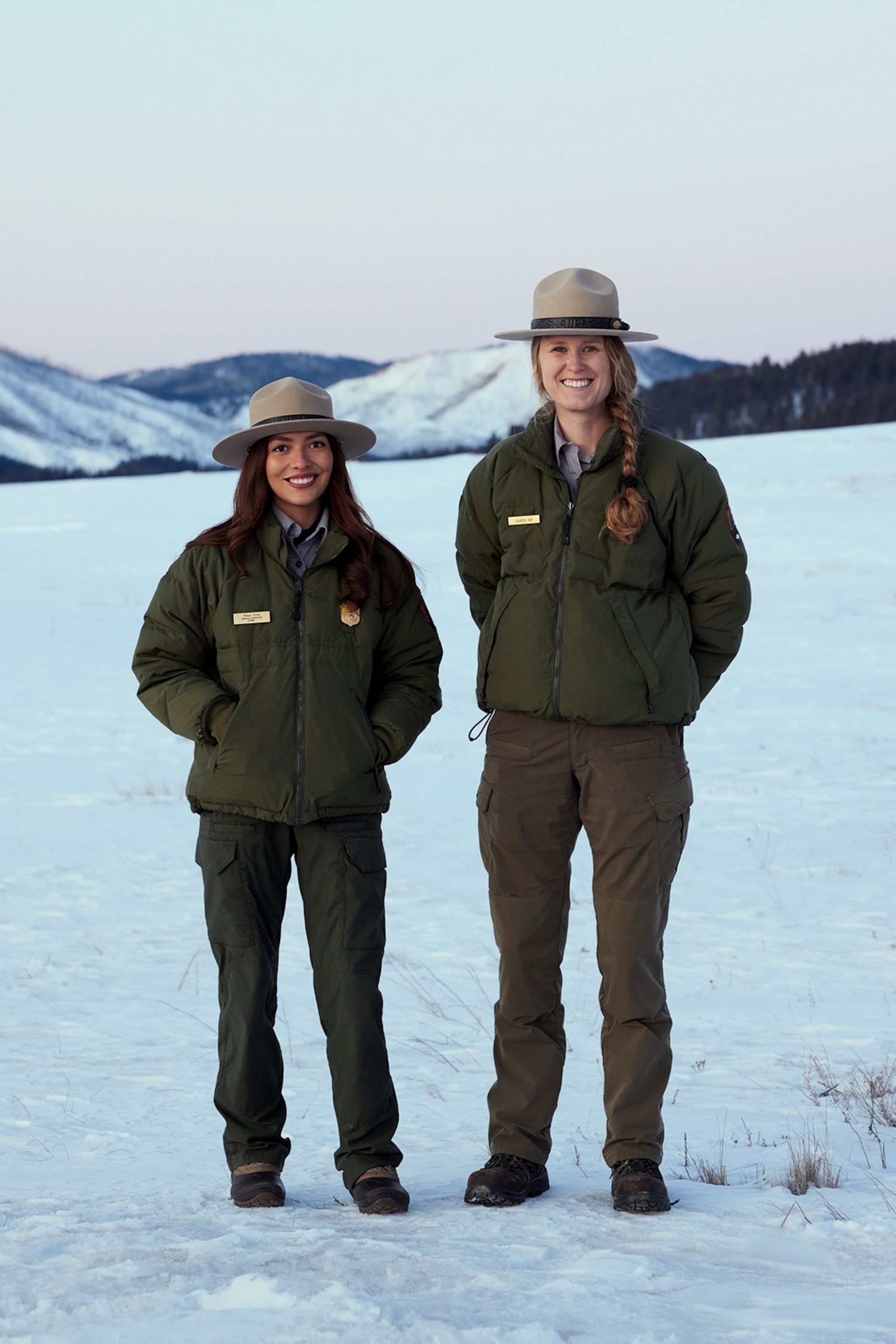
Photographs by Toby Mitchell
Ghost Ranch

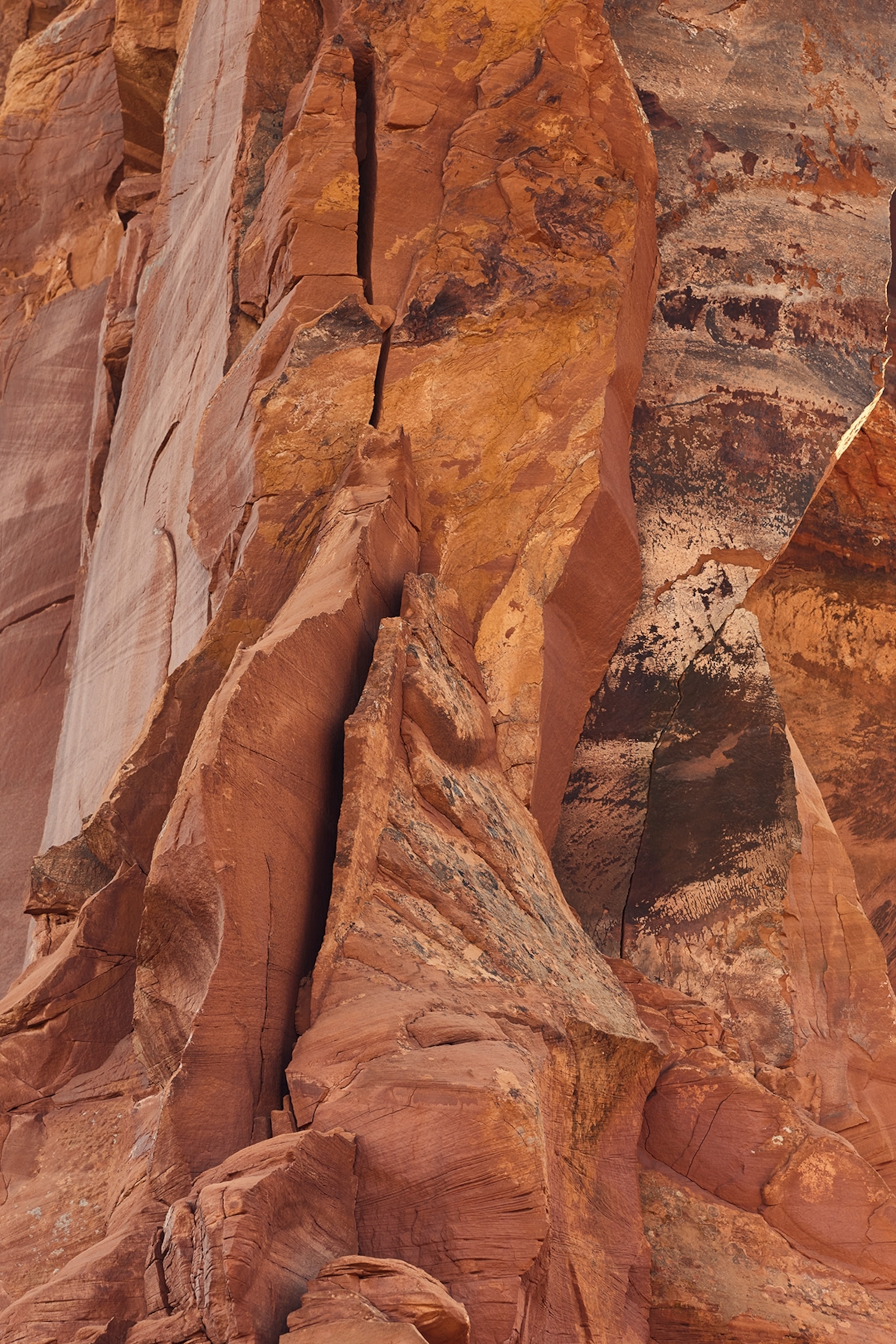
Photographs by Toby Mitchell
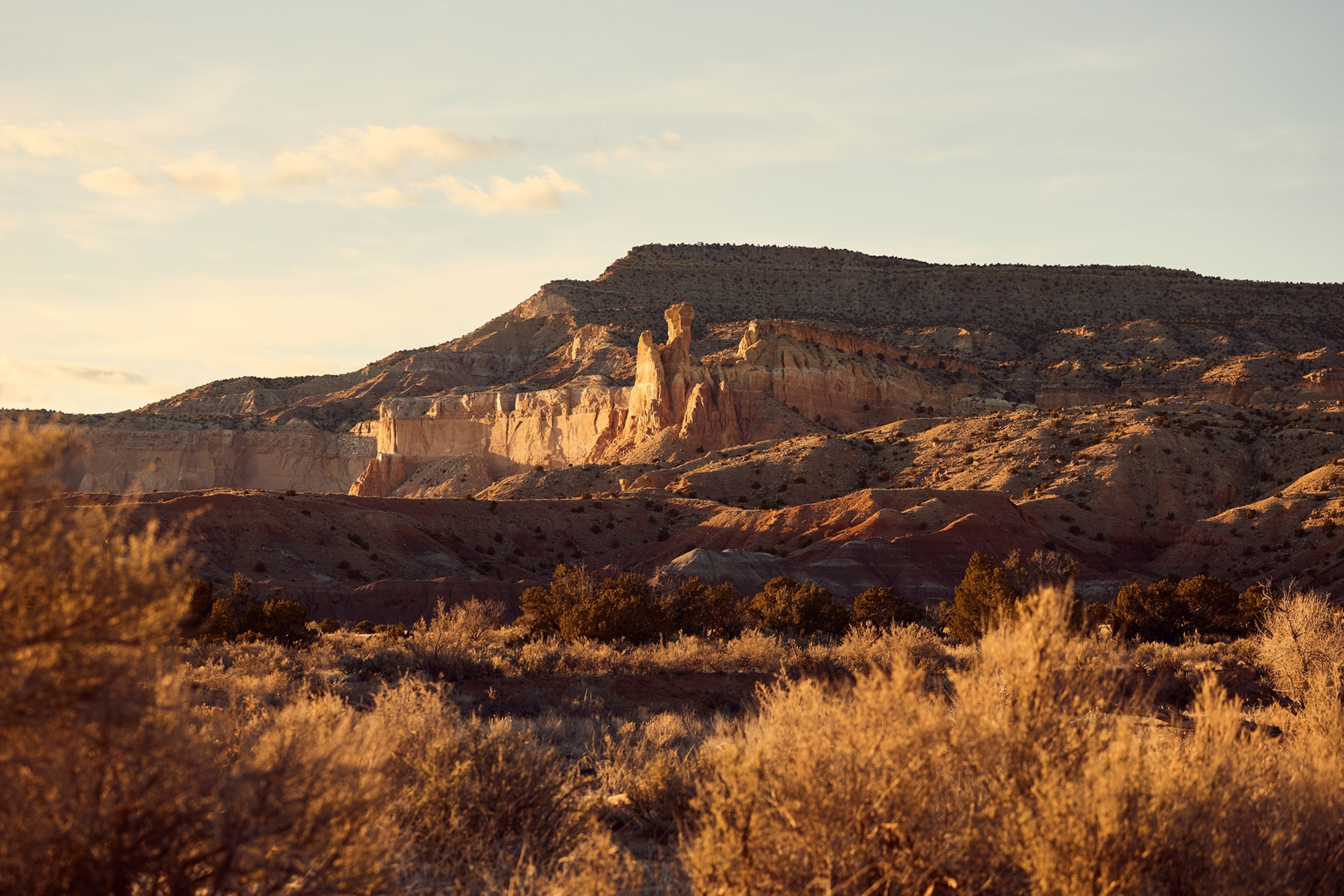
White Sands
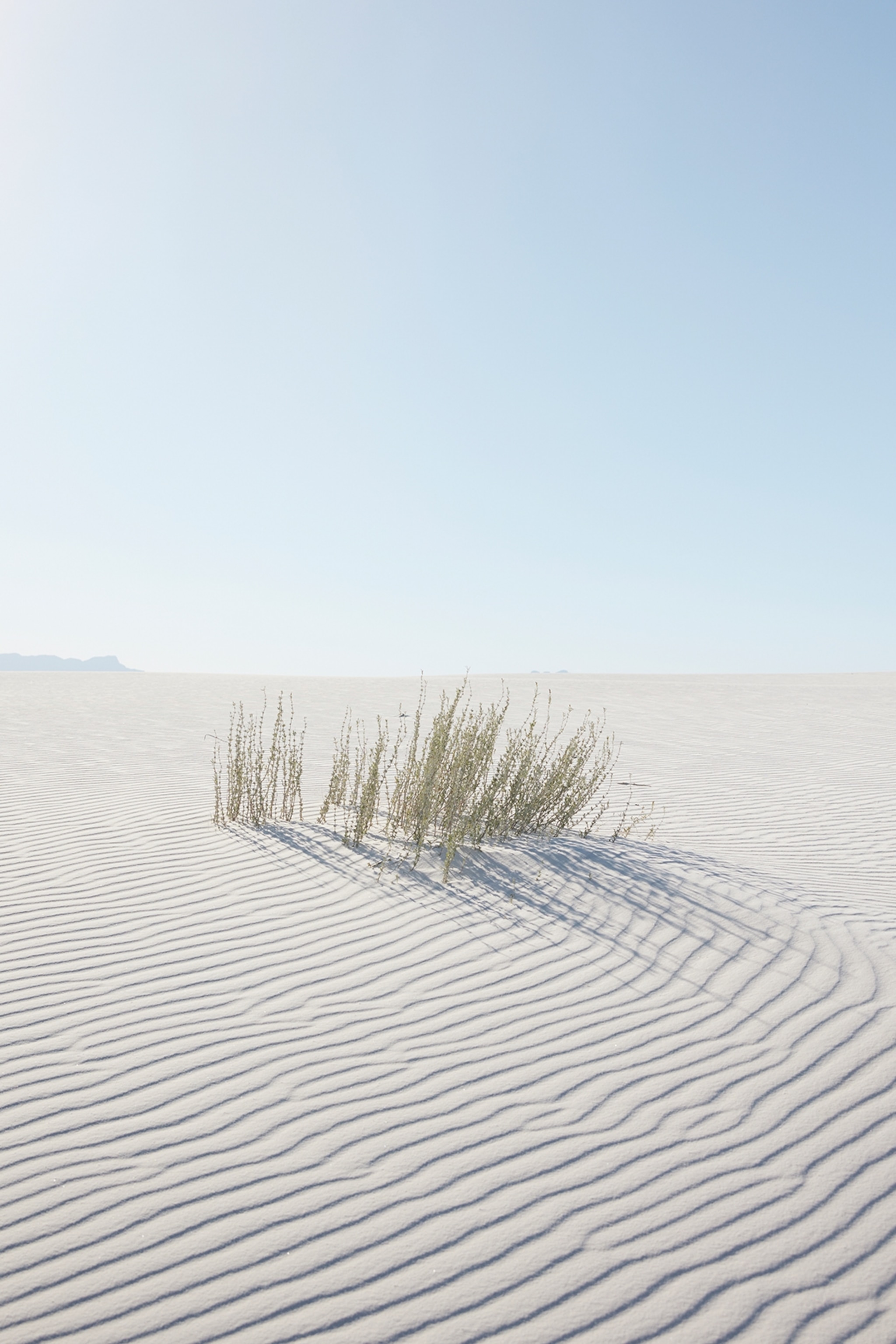



Photographs by Toby Mitchell
Bisti/De-Na-Zin


Published in the October 2024 issue of National Geographic Traveller (UK).
To subscribe to National Geographic Traveller (UK) magazine click here. (Available in select countries only).
To subscribe to National Geographic Traveller (UK) magazine click here. (Available in select countries only).

